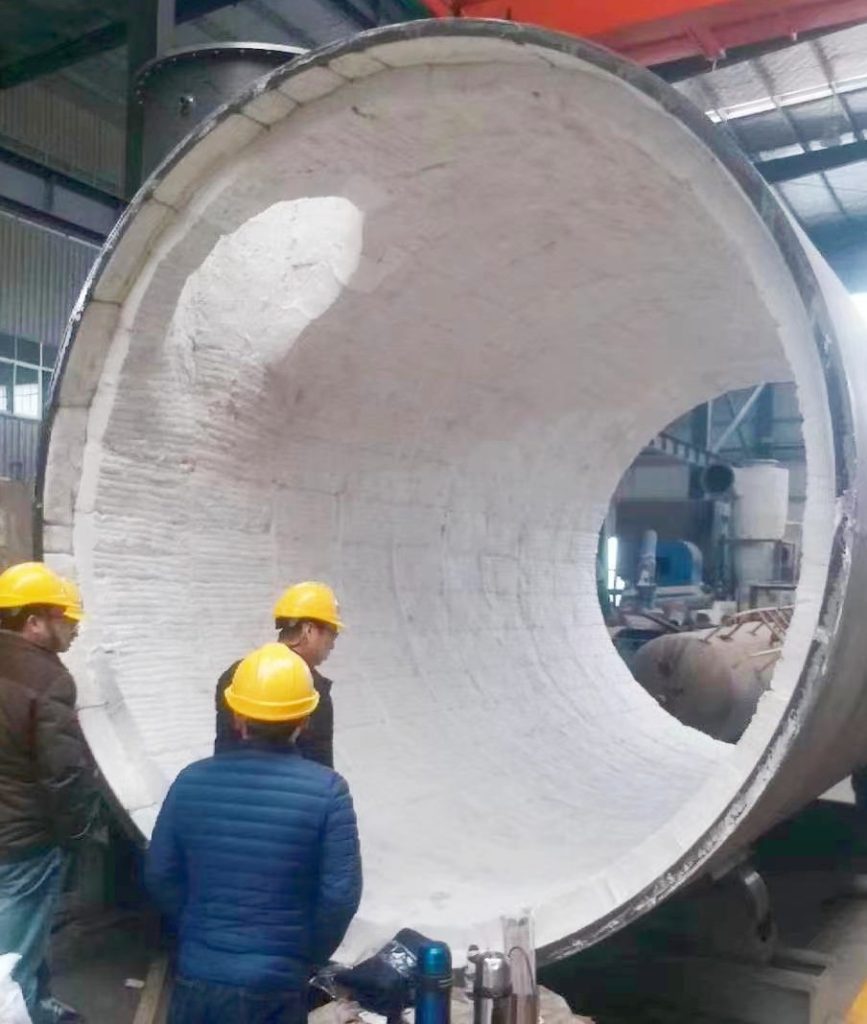Quality Standards for Laying Ceramic Fiber Blanket Liner
The structure of laying ceramic fiber blanket liner allows for the selection of different temperature grades, densities, and thicknesses of ceramic fiber blankets based on their respective operating temperatures. The material selection is flexible, providing a high cost-effectiveness. The layered structure ensures that the orientation of the fibers is parallel to the direction of heat transfer on the furnace wall, resulting in excellent insulation performance of the furnace lining and a significant reduction in heat dissipation. Today, Anchor Company will provide detailed information about the quality standards for laying ceramic fiber blankets!



1. Before construction, a trial layout of the ceramic fiber blanket layers should be conducted. During construction, the upper and lower layers of the ceramic fiber blanket should be staggered, and the adhesion between layers should be firm.
2. The national standard specifies the aluminum oxide content of ceramic fiber blankets: for 1050 ordinary type, the aluminum oxide content should be no less than 40%; for standard type, the aluminum oxide content should be no less than 43%; for high-purity type, the aluminum oxide content should be no less than 43%; for high-alumina type, the aluminum oxide content should be no less than 52%.


3. The thickness of the ceramic fiber lining should meet the requirements of the insulation design. Measurement method: After measuring the length and width and recording the results, mark nine measurement points. When measuring, place the disc of the needle-type thickness gauge horizontally on the sample, aligning the hole in the disc with the measurement point. Insert the needle tip downward carefully. When the needle tip touches the sample, gently press the gauge, causing the needle tip to penetrate the sample and touch the glass plate. Then, read the thickness.
4. After the installation of the ceramic fiber blanket lining, the surface of the ceramic fiber lining should be smooth, aesthetically pleasing, and densely compressed. Where there are uneven surfaces, a clamp should be used to flatten it. For larger gaps, ceramic fiber blanket cotton should be used to fill them to ensure good sealing performance of the fiber lining.

